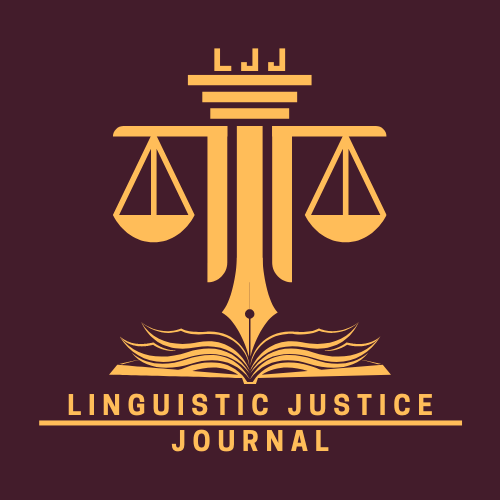By Kat Pope-Keegan
American Sign Language has a cumbersome history of not being defined as a language, especially not as one that should be taught in academia. The language was often perceived as a form of isolation for deaf people from ‘average’ society. The language still has a ways to go to be respected by hearing people as a proper, fleshed-out language.
Deaf people have been citizens of the United States since the states first united as a country. However, teaching catered to deaf young only developed in the early 1800s. French teachings in deaf schools and French sign language were a consequential part of the foundation of American Sign Language and how deaf schools educated students. For several decades, ASL has been a fleshed-out language with influences, dialects, and accents. American Sign Language is a language that is distinctly different from English, with its own grammatical structure and syntax.
The introduction of Sign Language to America was during the time of oralism burgeoning into deaf schooling. In the early 1900s, Sign Language was becoming a fully formed language, but America was hindered by fear of foreign communities. Oralism, a teaching that focused on lip-reading and speaking for communication for deaf people, was highly preferred over signing during the early 1900s. The use of sign was viewed as an ostracizing, foreign language. However, oralism does not constitute a sufficient source of language. It is a series of techniques that instead further disable deaf people by causing them language deficits. Oralism did promote mental, individual, and cultural growth and stimulation; however, it was not a productive method of teaching. Recognition of signing as a way for deaf students to learn language is more productive. Moreover, deaf people still signed even when it was scrutinized to do so, just discreetly.
American Sign Language is and has been the basis for deaf communication. Whether or not it was taught officially in schools did not determine whether students would use signing to communicate more effectively with their peers. Gradually, oralism began to phase out of being the primary focus of deaf teachings, and more emphasis was placed on ASL. Eventually, this use of ASL in deaf schools spurred conversation in other institutions from linguists curious about the language.
Officials considering ASL as an official language created an influx of curriculum around it in various schools, which are no longer primarily taught solely in deaf schools. Sign Language is progressively being recognized as a secondary language, with more people, both deaf and hearing, learning it either as a first or second language. Still, there is much to be accomplished with regard to accessibility for deaf people and to ASL being a readily available language.
Language allows people to create connections and community. The ability to have language is the ability to have a sense of identity and culture. A sense of community and culture naturally fosters traditions and behaviors around a language and its people. ASL is the keystone for deaf culture, as every language is the keystone for its surrounding culture.
